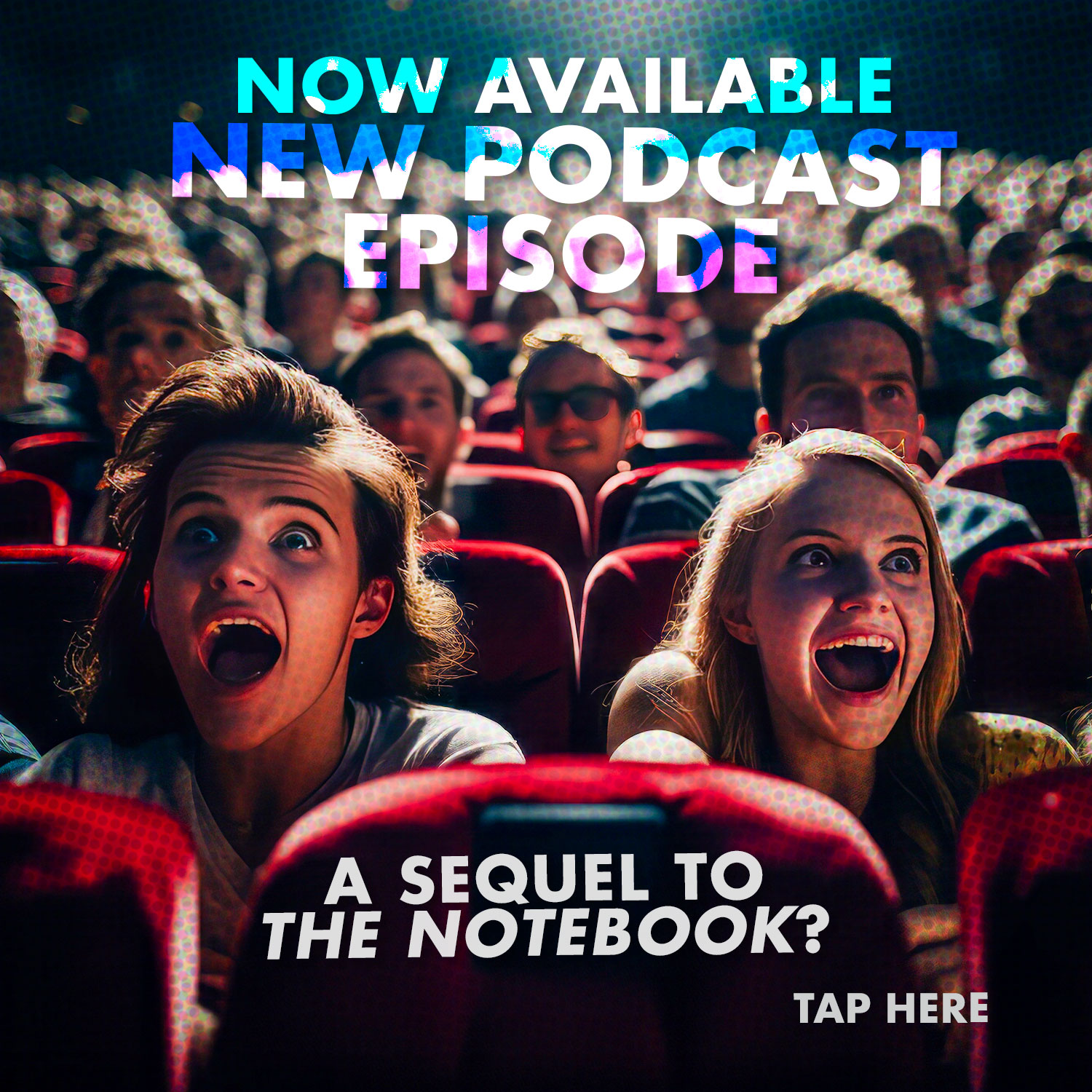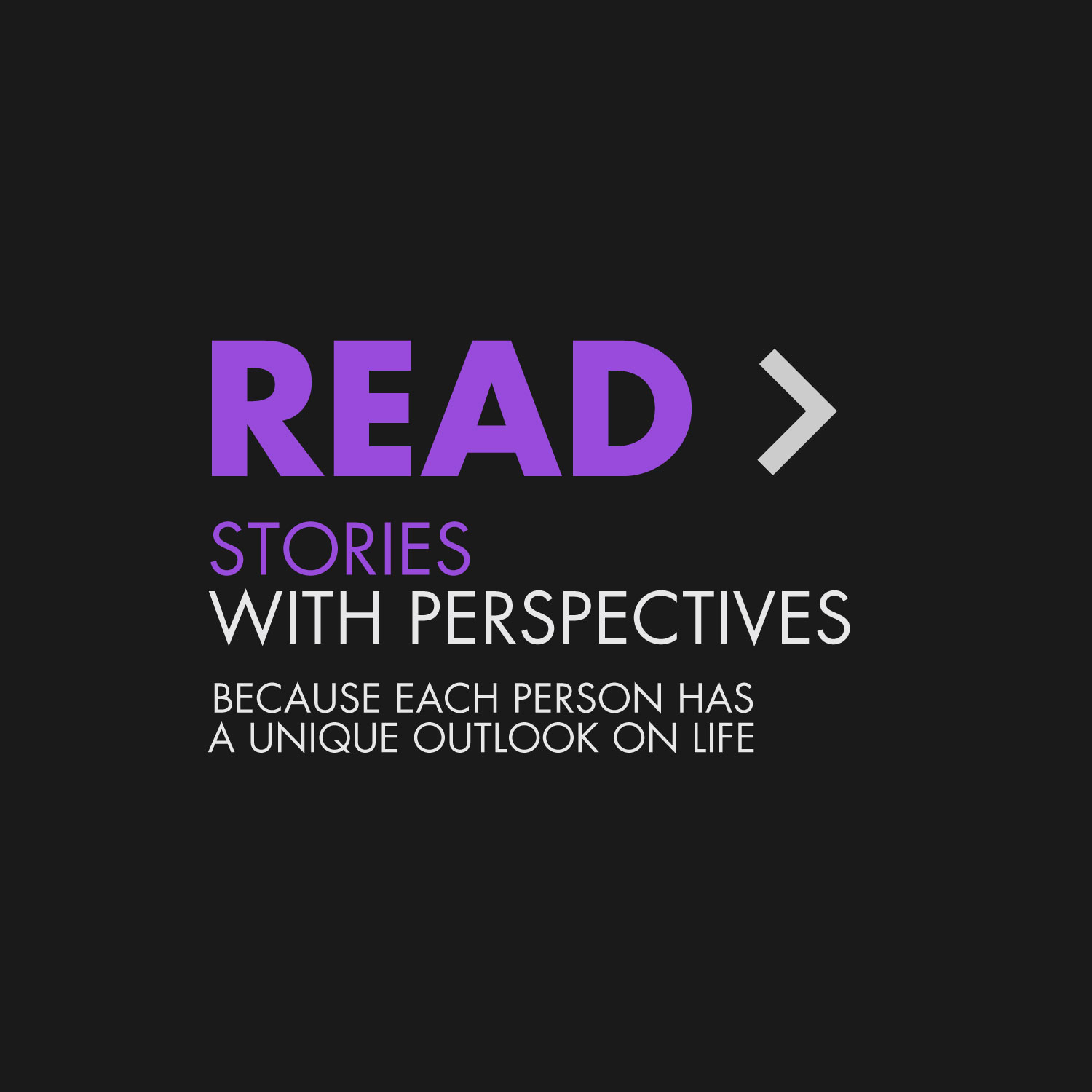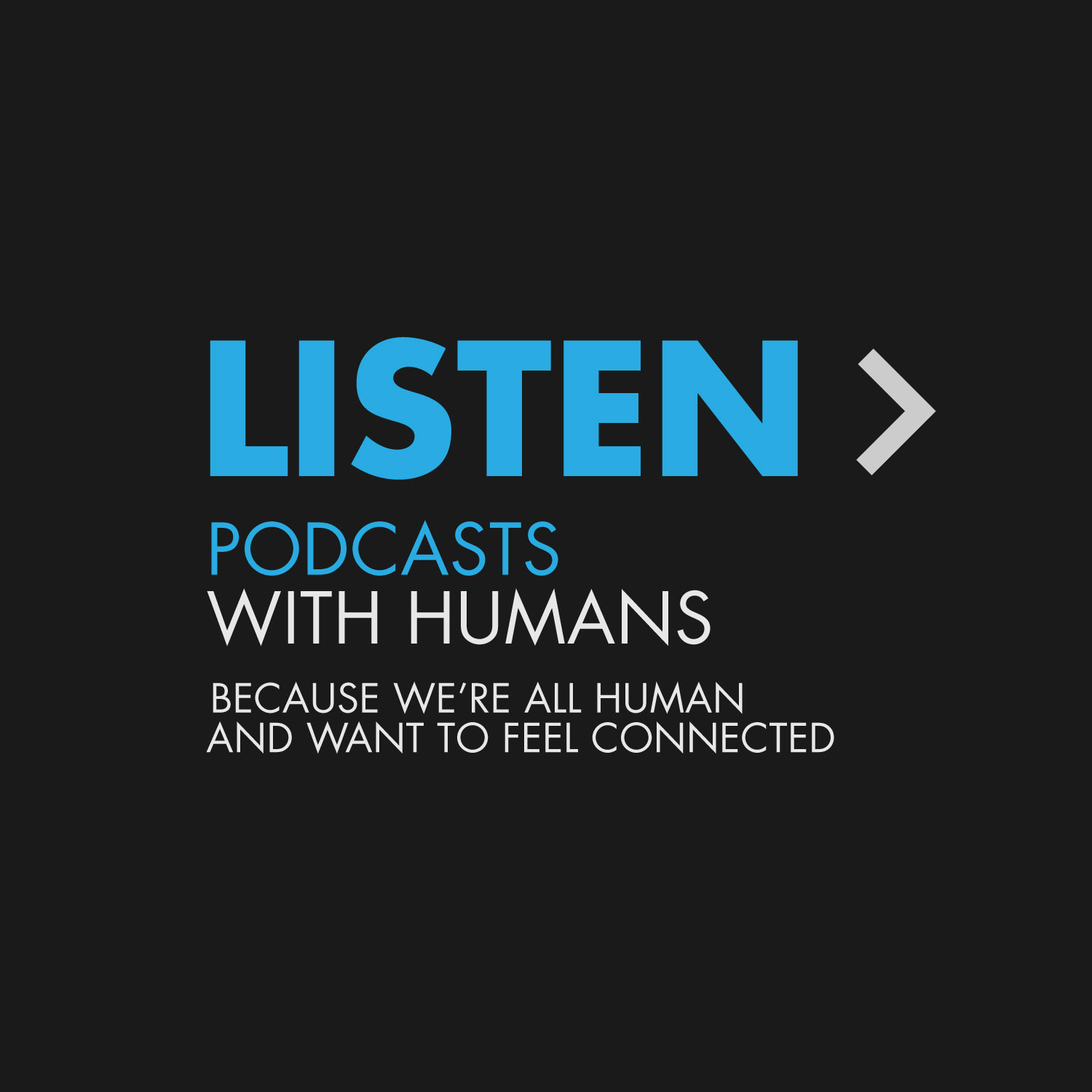Video Killing the Content Game
This article comes to us from the Speaking Human University Program, which gives voice to the thoughts and perspectives of the next generation of consumers and marketers…
The Buggle’s 1980 hit song told the world “Video Killed the Radio Star”. In 2018, video is now killing traditional marketing. Video is no longer a supplement you add to your marketing mix, but instead requires its own strategy. All the major social media marketing platforms are recognizing this trend and adapting by creating new features that are specifically geared towards sharing video.
Facebook and Instagram are some of the first that come to mind when thinking of major social media sites to create features completely dedicated to video content. Facebook introduced Live Streaming where users can instantly upload content that friends are able to watch as it is being recorded. Instagram has a similar live streaming option that follows the same model. Instagram also created IGTV, which allows users to upload longer, vertically-angled videos. Marketers have many other options for platforms to share video content—including YouTube, Snapchat, and Periscope, to name a few.
Video is in high demand as more consumers voice this as their preferred way to hear from brands over other forms of content. For marketers, this ballooning demand creates the challenge of supplying strategic video content that engages viewers. The introduction of real-time video content paves a new path for brands to build relationships with consumers.
Why Video Content Is a Hit with Customers
Here are three key reasons video continues to climb the social content charts…
1. Authenticity
Everyone has been there, getting put on hold for 30 minutes, only to end up listening to a pre-recorded message or talking to a robot. While advanced technology has done some amazing stuff for the modern world, sometimes you just need to hear from a real breathing person. One of the main reasons consumers have been drawn to watching video content is simply because it is raw.
Live streaming services happen in real-time, meaning no retakes or editing. This gives companies the chance to present themselves as more human. Whether it’s an interview, an event video, a product demo, or something else, consumers can see the company interact with them from a different perspective than in traditional marketing. Authenticity creates the sense of consumers getting personal contact from a company—while still enabling a company to reach a mass amount of people at one time.
2. Communication
Not many people would say they enjoy waiting around for an answer, especially consumers who want to communicate with a brand. Live streaming gives individuals a new forum to speak their minds to companies. Viewers of live streaming videos can add questions and comments as the video is being broadcasted, which the broadcaster can in turn see and respond to while recording. The ability for consumers to get a direct response instantly through video not only keeps them interested but also connected to the brand.
3. Urgency
No one wants to hear about the crazy party that happened Friday night on Monday morning, people want to be in the loop as things are happening. A main draw to using live streaming video is that it occurs in real-time and viewers do not want to miss out in the action. While live videos are still available to view after they were first broadcasted, consumers do not get the same experience from when it was first being streamed. Consumers watching live content get to take part in the interactions, such as polls, Q&A sessions, and hearing important updates straight from the source.
Overall, video content is a trend that is dominating social media platforms—and a marketing opportunity brands do not want to miss out on.

Follow Megan on Speaking Human / Human Content from Megan
Connect with Megan on LinkedIn











